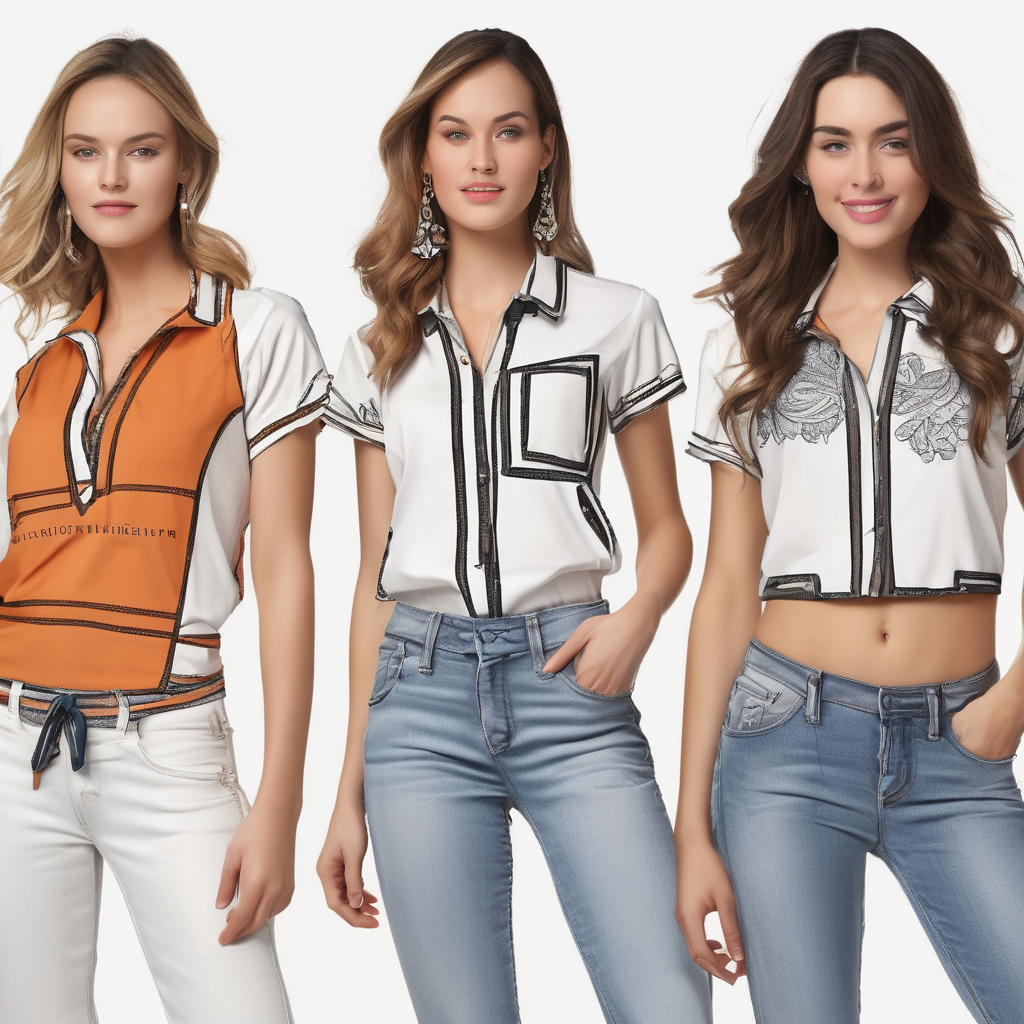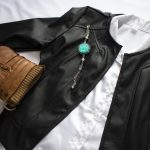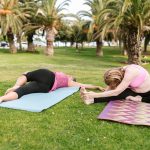With consumers increasingly concerned about the environmental impacts of their lifestyle choices, sustainable fashion has become a hot topic in the clothing industry. The development of recycled and organic materials has paved the way for a new generation of eco-friendly clothing brands. Even in the activewear market, traditionally dominated by synthetic fabrics, there is a growing demand for sustainable alternatives. But what are the best textiles for eco-friendly activewear in the UK? This article explores several sustainable materials that brands are using to produce ethical, stylish, and high-performing workout clothes.
The Rise of the Organic Cotton Activewear
Organic cotton is one of the most popular materials used in sustainable clothing. It is grown without synthetic pesticides and fertilizers, making it less harmful to the environment than conventionally grown cotton. Organic cotton also requires less water to grow and is typically processed in a way that is less harmful to the environment.
This might interest you : How Can You Tailor a Vintage Wool Coat for a Modern Fit in Urban UK?
When it comes to activewear, organic cotton offers several advantages. First, it is highly breathable, helping to keep you cool during your workouts. Second, it is soft and comfortable against the skin, reducing the risk of irritation and chafing. Finally, organic cotton is highly durable, making it suitable for the rigours of regular exercise.
In the UK, several brands are championing the use of this eco-friendly material. For instance, Thought Clothing has a range of organic cotton activewear that combines style, comfort, and sustainability. Similarly, People Tree offers a collection of yoga wear made from 100% organic certified cotton.
Also to see : Discover the allure of stylish and sexy masks today!
The Emergence of Recycled Polyester in Activewear
As consumers become more aware of the environmental impact of their purchasing decisions, many activewear brands are turning to recycled materials to reduce their carbon footprint. One of the most common recycled materials used in activewear is recycled polyester, made from used plastic bottles and textiles.
Recycled polyester offers many of the same benefits as virgin polyester – it’s durable, lightweight, and resistant to water and sweat – but with a significantly lower environmental impact. Producing recycled polyester uses less water and energy and produces fewer greenhouse gases than manufacturing new polyester.
In the UK, several brands are making use of recycled polyester in their activewear. Finisterre is one such brand, with a range of surf and outdoor clothing made from recycled materials. Additionally, TALA, a sustainable activewear brand, uses recycled polyester in their range of high-performance sportswear.
Bamboo: The New Kid on the Block
Bamboo is a relatively new entrant into the world of sustainable fabrics, but it’s quickly gaining popularity. Bamboo plants grow incredibly fast, making the material highly renewable. They also require less water than cotton plants and don’t need pesticides or fertilisers.
Bamboo fabric is soft, breathable, and has natural antibacterial properties, making it a perfect choice for activewear. Plus, it’s temperature-regulating, keeping you warm when it’s cold and cool when it’s hot.
In the UK, BAM is leading the charge in bamboo activewear. From leggings to sports bras, their entire range is made from bamboo, offering consumers a sustainable and high-performance workout gear option.
The Opportunity for Tencel in Activewear
Tencel, derived from cellulose found in wood pulp, is another sustainable alternative to traditional activewear materials. It’s produced using a closed-loop process, where 99% of the solvents and water used in the manufacturing process are recycled. Moreover, Tencel is biodegradable, which gives it an edge in the sustainability stakes.
With its soft feel, moisture-wicking properties and durability, Tencel is a natural fit for activewear. In the UK, Patagonia offers a range of activewear made with Tencel, providing a performance-ready, eco-friendly option for consumers.
The Future of Sustainable Activewear
In the fast-paced world of fashion, it’s crucial to stay ahead of the curve. Looking to the future, we can expect to see more innovative, sustainable materials making their way into the activewear market. For instance, fabrics made from algae, mushrooms, and even coffee grounds are already in the pipeline, promising to further revolutionize the industry.
In the UK, brands like lablaco are pioneering the use of these innovative materials, proving that the industry’s commitment to sustainability is more than just a fleeting trend. So, as you shop for your next workout gear, don’t forget to consider the environmental impact of your choices. After all, sustainability is not just about looking good – it’s about doing good, too.
Girlfriend Collective: Pioneer in Sustainable Activewear
The US-based brand, Girlfriend Collective, has caused quite a stir in the sustainable activewear scene. This brand has made a name for themselves by using recycled materials in their products, notably recycled polyester. The polyester is made from BPA-free water bottles, which are cleaned, shredded, and then turned into raw material that can be spun into yarns.
The brand’s commitment to sustainability does not stop at the use of recycled materials. Their supply chain is also fully transparent, revealing every step of the process from collecting old plastic bottles to the dyeing process. As for the dyeing process, it is done using eco-friendly dyes and the wastewater is carefully treated to avoid pollution.
Moreover, Girlfriend Collective is firmly committed to fair trade practices. The brand ensures employees in their factory in Taiwan are paid fair wages, receive free meals and healthcare, and work reasonable hours.
In the UK their products can be purchased online and are lauded for being size-inclusive, catering to a broad range of body types. So, when you’re purchasing from Girlfriend Collective, you’re not only making an eco-friendly choice but also supporting a brand that values fairness and transparency in their production process.
Conclusion: The Role of Consumers in Promoting Sustainable Activewear
The rise of eco-friendly activewear brands in the UK and globally is unquestionably a step in the right direction. However, it’s crucial to remember that the responsibility for promoting sustainable practices in the fashion industry does not solely lie with the clothing brands. As consumers, we wield considerable power in directing industry trends through our purchasing choices.
By choosing sustainable activewear brands and rejecting fast fashion, we can signal to the industry our commitment to reducing environmental impact. And with brands like Thought Clothing, People Tree, Finisterre, TALA, BAM, Patagonia, and Girlfriend Collective offering stylish and high-performing options, making the switch to sustainable activewear has never been easier.
In addition to making conscious buying decisions, we can also download apps that provide brand ratings based on their sustainability practices to ensure we’re fully informed. And of course, continue reading resources that shed light on the best sustainable options available.
Ultimately, each purchase we make is a step towards a more sustainable future. Remember, being eco-friendly isn’t simply a trend, it’s a lifestyle choice that has far-reaching impacts on our planet and future generations.











